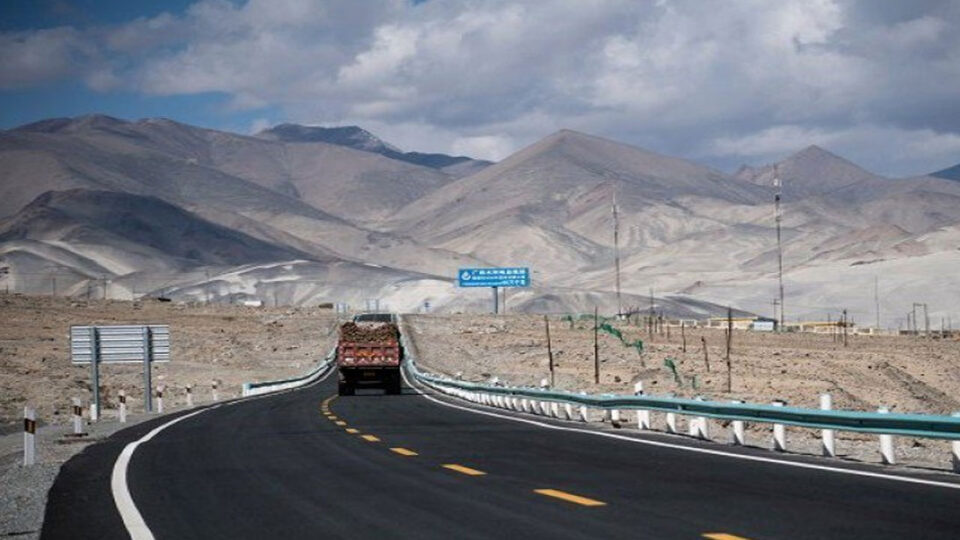Pakistan’s Outstanding Payments Under CPEC Surge to PKR 423 Billion, Raising Investor Concerns
ISLAMABAD, July 28: Pakistan’s financial commitments under the China-Pakistan Economic Corridor (CPEC) have once again come under scrutiny, as outstanding dues to Chinese power producers have reached a staggering PKR 423 billion by June 2025, according to a report by The Express Tribune.
Rising Debt Highlights Financial Mismanagement in Energy Sector
Despite repeated agreements and pledges, Pakistan has been unable to clear its mounting dues, with PKR 22 billion added in just the last year. Since 2017, Pakistan has paid over PKR 5.1 trillion to 18 Chinese power plants, yet over PKR 100 billion of current dues now stem from late payment penalties, not energy costs — indicating deeper financial and administrative mismanagement.
Heavy Borrowing, No Long-Term Reform
Instead of enacting sustainable reforms, the government is reportedly seeking PKR 1.3 trillion in new commercial loans to temporarily plug the circular debt crisis. A recent plan to ask Chinese firms to waive interest charges in return for lump-sum payments has been viewed as unrealistic, given China’s insistence on full contractual compliance.
Key Projects Affected by Payment Delays
The breakdown of unpaid amounts includes:
-
Sahiwal Coal Power Plant – PKR 87 billion
-
Hub Power Company – PKR 69 billion
-
Port Qasim Power Plant – PKR 85.5 billion
Several other projects are also owed tens of billions of rupees, creating a ripple effect across the energy supply chain.
Violation of CPEC Agreements Slows Investment
The 2015 CPEC Energy Framework Agreement mandates full and timely payments, regardless of Pakistan’s internal billing challenges. However, the continued delays are now reportedly undermining investor confidence, especially with growing security concerns in the region.
Revolving Fund Mechanism Fails to Deliver
To safeguard Chinese investors, a revolving fund was launched in late 2022, designed to hold 21% of invoice values. However, withdrawals have been limited to just PKR 4 billion per month, rendering the fund largely ineffective.
Mounting Debt and Creative Accounting
While a new PKR 1.25 trillion deal with commercial banks aims to provide temporary relief, it adds to Pakistan’s debt load. Officials claim this borrowing will not count toward public debt, but such creative accounting does little to address the structural issues in the power sector.
Conclusion
Pakistan’s growing CPEC-related debt and its inability to fulfill financial commitments are increasingly threatening the credibility of one of its most strategic partnerships. Without decisive reforms and financial discipline, the burden on taxpayers and future growth may only worsen.

